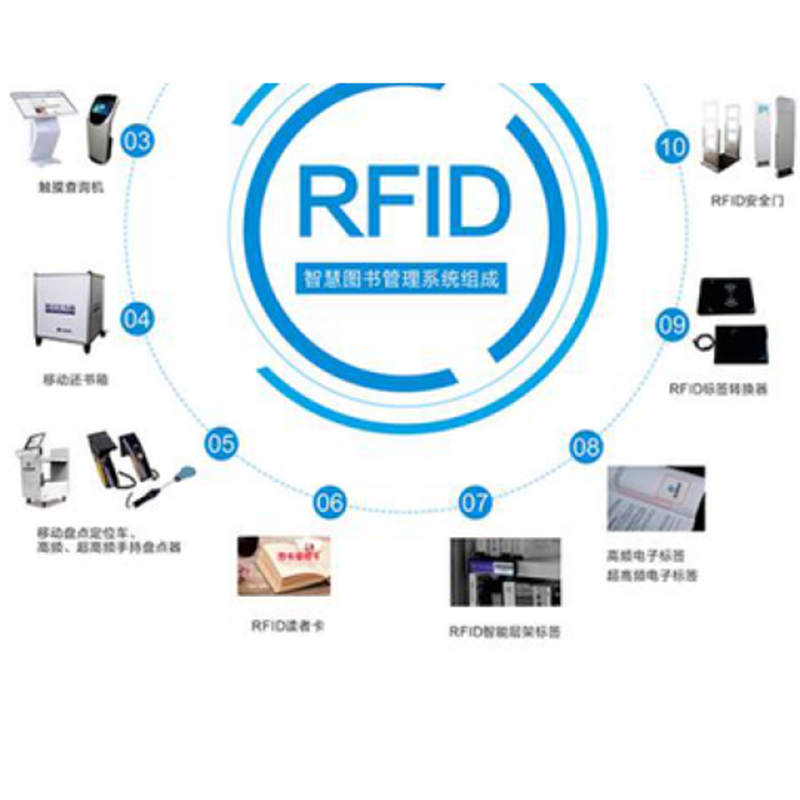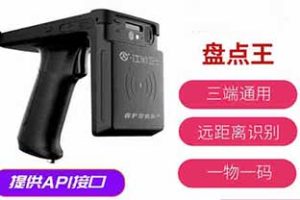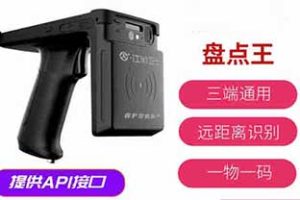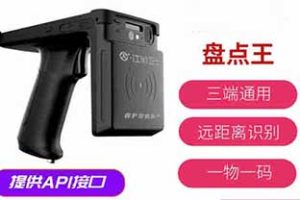RFID Electronic Label RFID Warehouse Management System 123
Traditional warehouse management is entirely carried out manually within the warehouse, resulting in extremely low efficiency. Although most warehouse management data is also managed using computer data systems, data is still collected and organized by first recording on paper and then manually inputting it into the computer. This not only causes a lot of manpower waste, but also results in slow data entry speed and low accuracy.
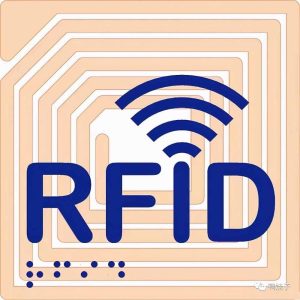
What are the problems faced by traditional warehouse management models?
1. The accuracy of statistics caused by manual piece counting results in unnecessary economic losses for enterprises.
2. The problems caused by manual filling of forms, such as omissions, errors, and chaos, seriously affect the accuracy and timeliness of warehouse management.
3. The manual inventory method is time-consuming and labor-intensive, and there is also a risk of rework.
4. The problem of rising labor costs has led to a continuous increase in operating costs. Faced with the huge market competition and pressure in the current warehousing and logistics field, RFID technology can greatly improve the efficiency level of modern warehousing and logistics. By introducing an RFID warehouse management system and using RFID handheld devices, RFID readers, RFID tags, RFID printers, and other carriers, remote automated identification and collection of data from various operational processes such as warehousing, outbound, transfer, and inventory counting of warehouse materials are carried out to ensure the accuracy of data in each stage of warehouse management, timely grasp of real inventory data, and improve the efficiency of warehouse management.
What are the application processes of RFID warehouse management?
1. When the goods pass through the warehouse gate during inbound management, the RFID multi-channel reader will read the goods label information and send the corresponding location information to the loading and unloading truck terminal. When the loading and unloading truck arrives at the designated storage location, the fixed reader on the loading and unloading truck will read the location label information and place the goods in the designated storage location.
2. During outbound management, the principle of first in, first out is followed for shipment. The system will automatically prompt the location of the goods displayed on the onboard computer, and the loading and unloading operator will reach the corresponding shelf according to the driving path. The RFID reading and writing equipment on the loading and unloading truck will confirm again whether the goods taken are correct, and update the inventory of the goods.
3. During daily inventory counting, RFID handheld devices can be used to read goods in bulk. When goods are moved, RFID handheld devices can also be used to conduct real-time inventory and update data. Using RFID for inventory management can accurately grasp inventory information in real time and improve inventory management capabilities.
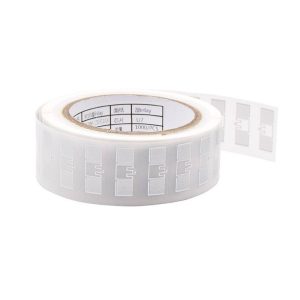
What are the advantages of RFID warehouse management?
1. Fast speed: By using RFID warehouse management, batch processing can be carried out to complete tasks such as inbound and outbound inventory;
2. Electronicization: Solve various problems of traditional paper bills and complete intelligent and electronic management methods;
3. Inventory management: Improve inventory management capabilities and achieve visual management of data;
4. Information system integration: It can be deeply integrated with various management systems within the enterprise to prevent information asymmetry. The use of RFID technology for inbound, outbound, and warehouse management has saved manpower and material resources, improved efficiency, and achieved dynamic control of the supply chain for enterprises.
Welcome new and old customers to call us for inquiries. We support small batch and appearance customization. We will provide you with 1V1 technical consulting services for free! We have a research and development center of over 3000 square meters in Shenzhen Guangming Pilot Industry Base, with 12+laboratories. We welcome new and old customers to call us for consultation. Our research and development strength is strong, and we are a trusted manufacturer. Welcome to call us or sales@molddl.com For consultation, our company supports small batch customization, packaging design, and free samples for OEM processing. Please contact us!
This article is included in Baidu Wenku


